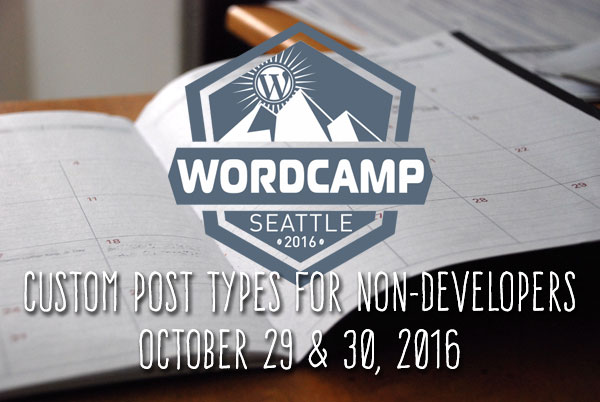by Tyler Golberg, Web Tinkerer at CYBERSprout and WordCamp Seattle 2016 Speaker

Everybody knows that WordPress is a content management system (CMS), but it hasn’t always been that way. WordPress 3.0 made the leap from being only a blogging platform to a CMS with the introduction of custom post types.
What are custom post types?
A custom post type is very similar to a post or a page except it has a lot more flexibility. It can be static, timely, simple, or comprehensive. It is up to you!
Here are just a few common uses for custom post types: properties, products, services, case studies, and staff. Some plugins even use multiple post types. A calendar could utilize events, venues, and organizers together.
When To Use Custom Post Types?
It is hard to say exactly when. However, these four guidelines will help you out:
- The content doesn’t work in a page or a blog post
- A different taxonomy (e.g. categories) is needed to organize the content
- You need to pull static content into a loop (i.e. doesn’t work for pages)
- Ease of use compared to pages
Loving Custom Post Types
As you dig deeper into this feature, you’ll wonder how you lived without custom post types! The most beautiful part of all? You don’t need to be a developer these days to take advantage. There are several plugins that make it easy to easy to use custom post types as a non-developer.
Get your WordCamp tickets today!